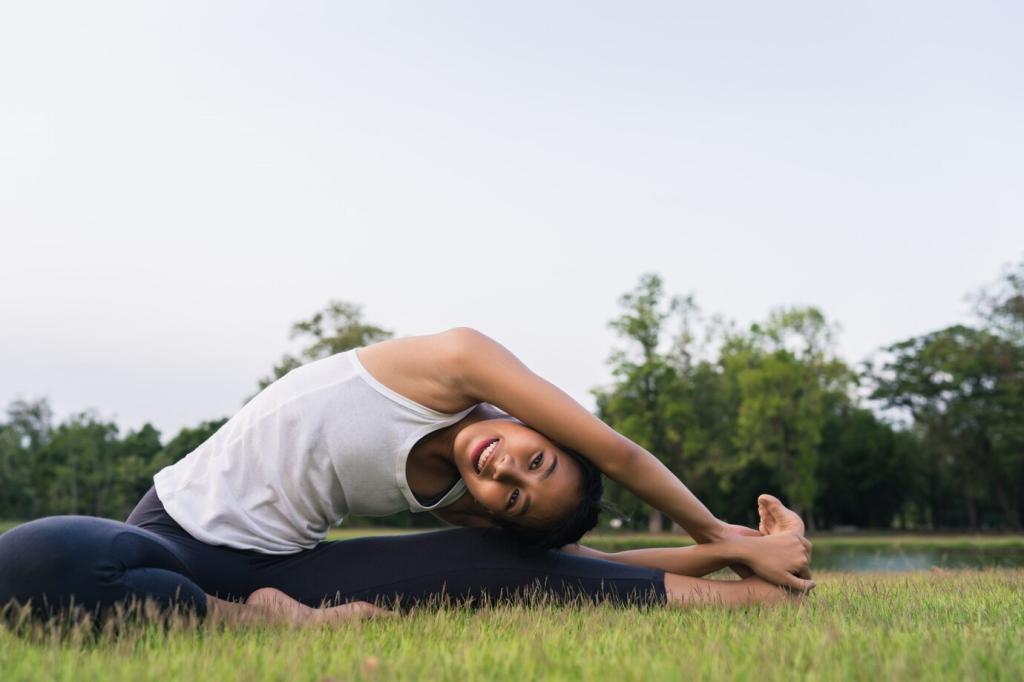
The Benefits of Yoga for Physical Fitness
Today’s theme: Benefits of Yoga for Physical Fitness. Step onto the mat for strength you can feel, mobility that lasts, and endurance that elevates everyday life. Whether you’re lifting, running, or starting fresh, this space welcomes you with practical guidance, science-backed tips, and real stories. Join our community, subscribe for weekly practices, and share your goals so we can cheer your progress.
Strength Through Controlled Movement
Chair pose, plank variations, and Warrior II create time-under-tension that recruits stabilizers and prime movers without overloading joints. These holds train endurance, postural strength, and motor control, translating into better lifts, safer squats, and easier everyday carrying. Try thirty slow breaths in Chair, and tell us how your quads respond afterward.
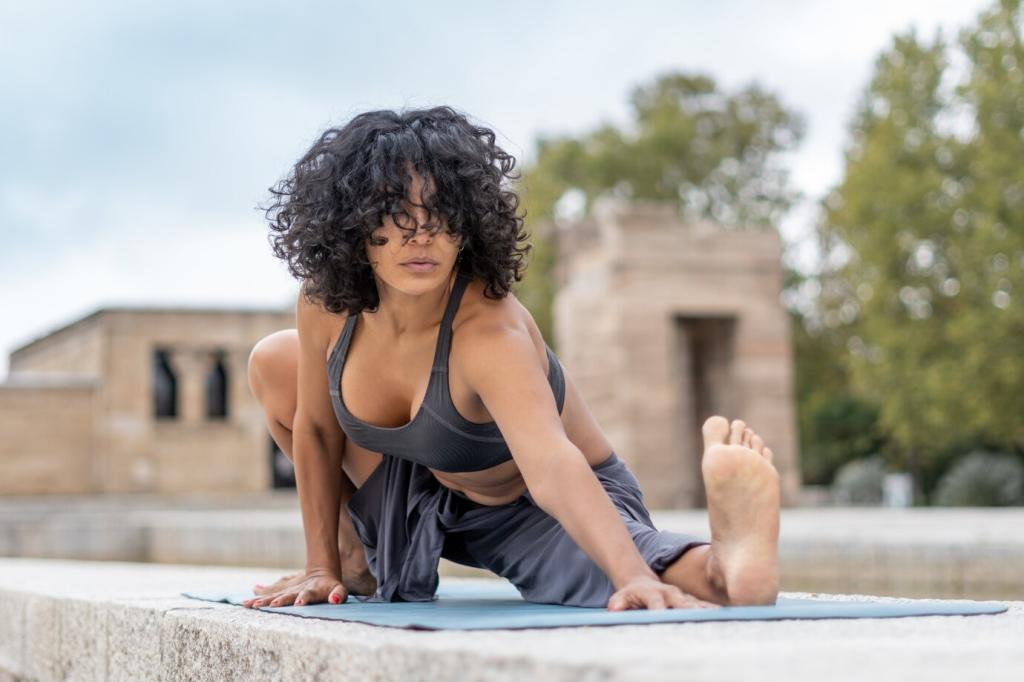
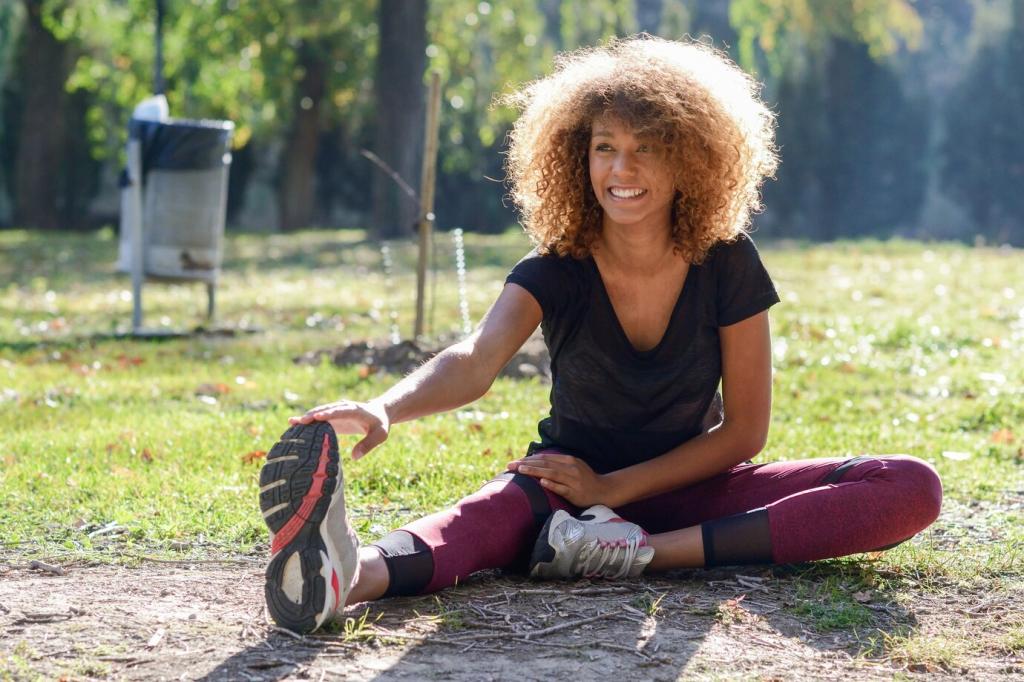
Strength Through Controlled Movement
By tweaking leverage, range, and tempo, yoga scales intensity responsibly. Lower a Chaturanga slowly, hover, then press back—your triceps and core will notice. Measure progress with longer holds, smoother transitions, or additional breath counts. Share your favorite progression so others can borrow it for their next practice.
Flexibility That Supports Performance
Sun Salutations, lunging twists, and shoulder circles prepare tissues for loading while rehearsing patterns you will use under effort. Dynamic mobility raises temperature, wakes up neuromuscular pathways, and reduces stiffness that blocks power. Try five rounds before running, and report how your stride feels at mile one.
Flexibility That Supports Performance
Sustainable flexibility happens when your nervous system trusts new ranges. Add gentle breath-led holds, contract-relax techniques, and steady exits from poses. Instead of forcing hamstrings in a forward fold, exhale slowly and lengthen your spine. What cue helps your body relax into safe, lasting openness?
Flexibility That Supports Performance
Jon’s soccer coach noticed fewer hamstring twinges after he added yoga hip openers and calf mobility twice a week. His sprint felt freer, change-of-direction sharper, and post-match soreness lighter. If sport performance matters to you, comment with your role, and we will suggest a targeted mobility trio.
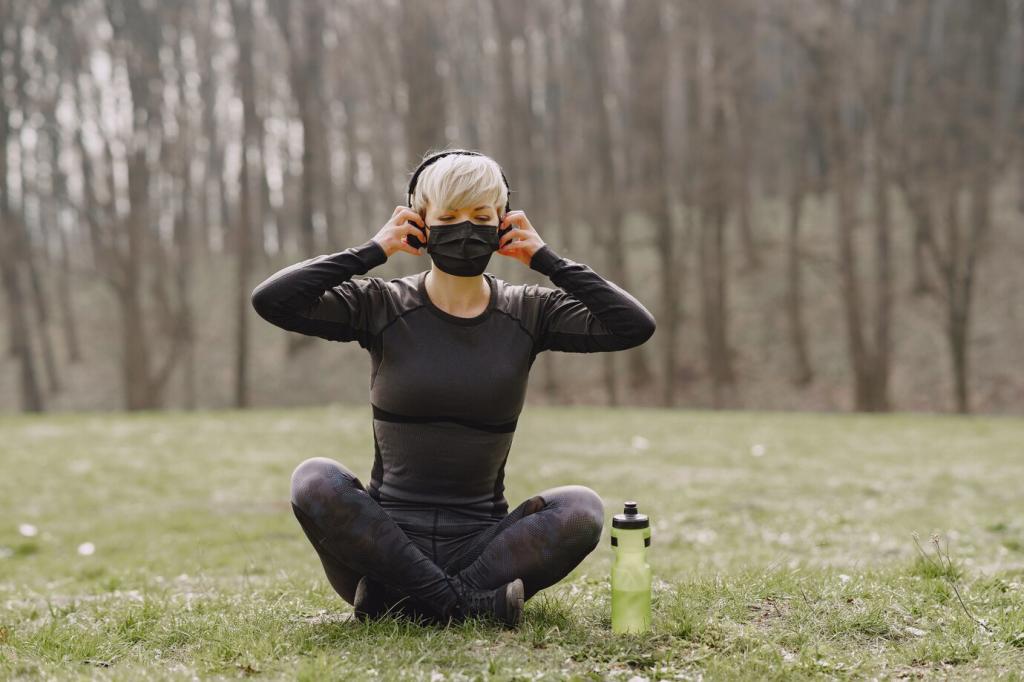
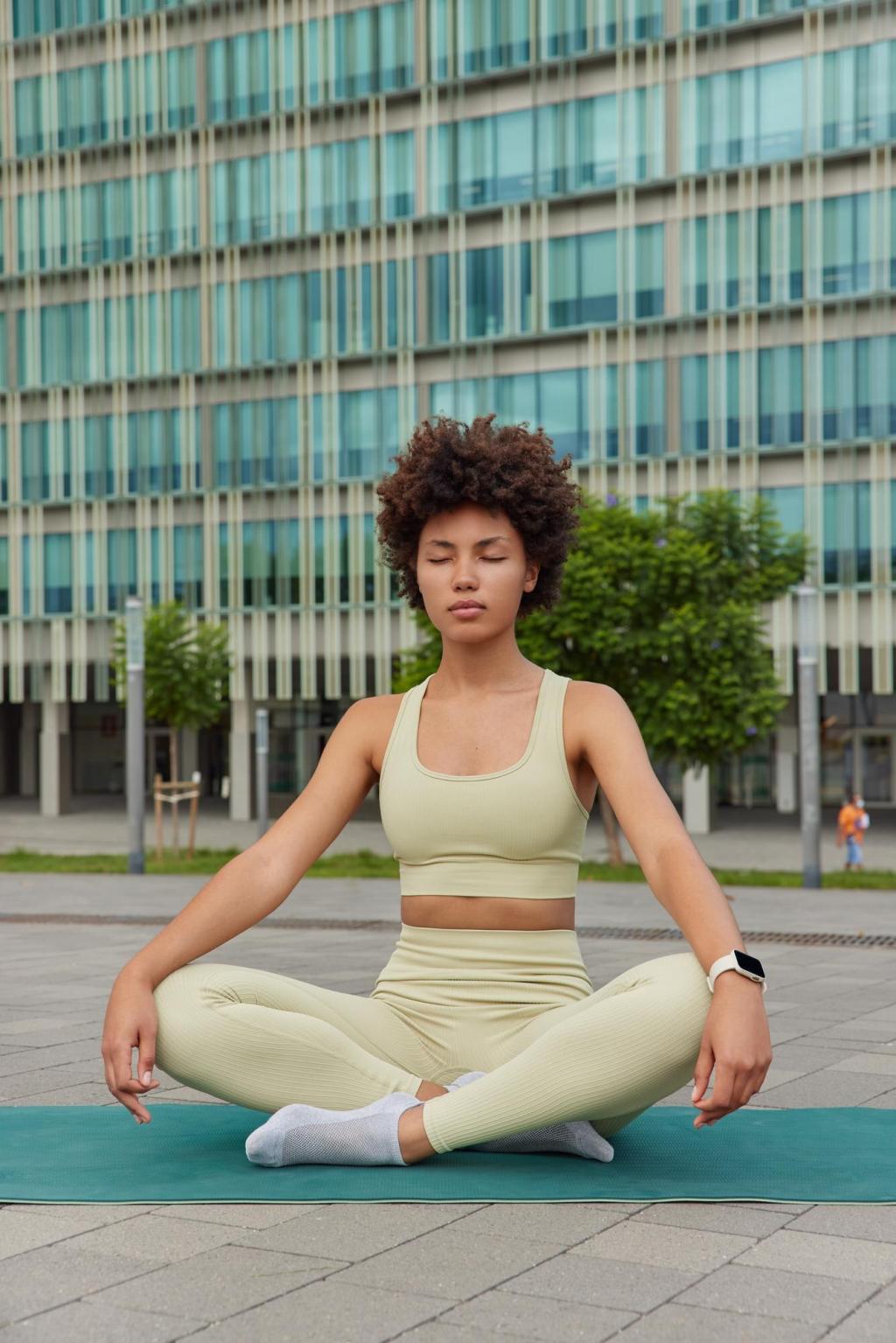
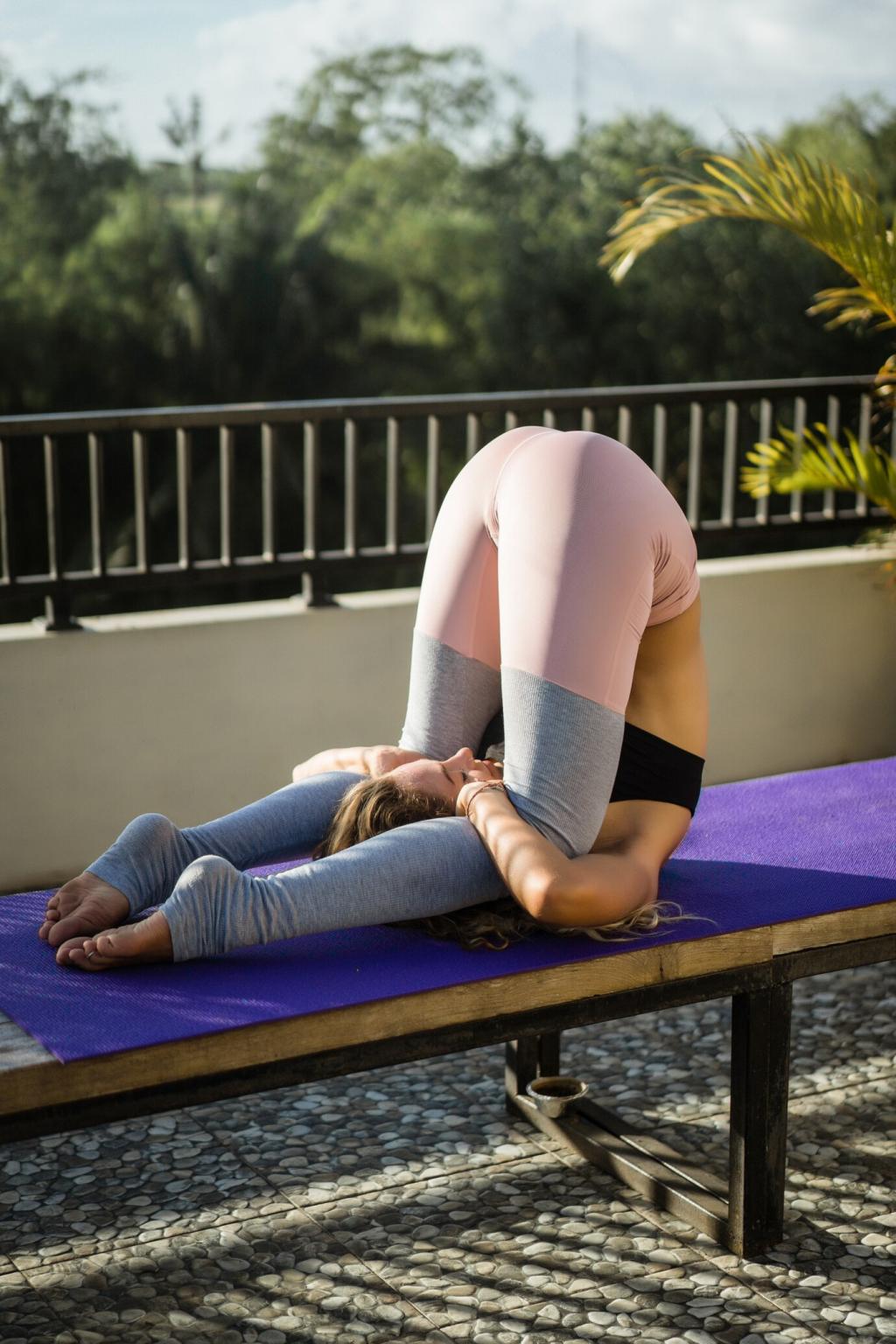
360-Degree Core Engagement
From forearm plank to Boat pose, yoga targets transverse abdominis, obliques, and pelvic floor. Breathing laterally into the ribs teaches support from all sides, not just six-pack tension. Notice how your lower back feels after slow, controlled core work, then share your favorite core pose for accountability.
Balance Poses That Train Stabilizers
Tree, Half Moon, and Warrior III teach ankles, knees, and hips to collaborate. Balance work fires small stabilizers that protect joints during quick movements and unexpected terrain. Add thirty seconds per side daily and record how your wobble decreases. Which balance pose challenges you most right now?
Posture That Powers Performance
Aligned posture is not rigid; it is responsive. Yoga counters rounded shoulders and tight hip flexors, restoring efficient mechanics for lifting, running, and sitting. Try sphinx, thoracic twists, and low lunge variations to unwind desk habits. Post a before-and-after posture snapshot to inspire someone else to start.
Recovery, Longevity, and Injury Resilience
Breath as the Recovery Switch
Slow, lengthened exhales cue the parasympathetic system, lowering heart rate and easing muscle tone. A few minutes of reclining poses with gentle breathing after training can dramatically reduce next-day soreness. Try five breaths per side in a supported twist and share how you sleep afterward.
Fascia-Friendly Sequencing
Long, spiraling lines—think side body reaches and diagonal lunges—hydrate connective tissue and restore glide between muscle layers. Smooth, continuous transitions beat jerky movements for tissue health. Incorporate slow flows on rest days and log how your joints feel when you return to higher intensity work.
Progressions That Respect Your Timeline
Injury resilience comes from patience and consistent practice. Swap forcing depth for building stability at mid-range, and celebrate micro-gains. Track three metrics—breath steadiness, range comfort, and next-day feel—to guide your jumps in difficulty. Comment with a move you are rehabbing, and we will suggest safer variations.
Weight Management and Metabolic Support
Fifteen to thirty minutes of steady flow increases caloric expenditure while preserving joints. When practiced consistently, these sessions compound into meaningful weekly energy use. Pair with daily walks to create a gentle, sustainable deficit. Share your schedule, and we will help you stack micro-workouts realistically.
Weight Management and Metabolic Support
Chronic stress elevates cortisol, nudging cravings and central fat storage. Breath-led yoga downshifts the stress response, making balanced meals easier to choose and enjoy. Try a five-minute wind-down before dinner, then note your portion awareness. What time of day triggers cravings for you?
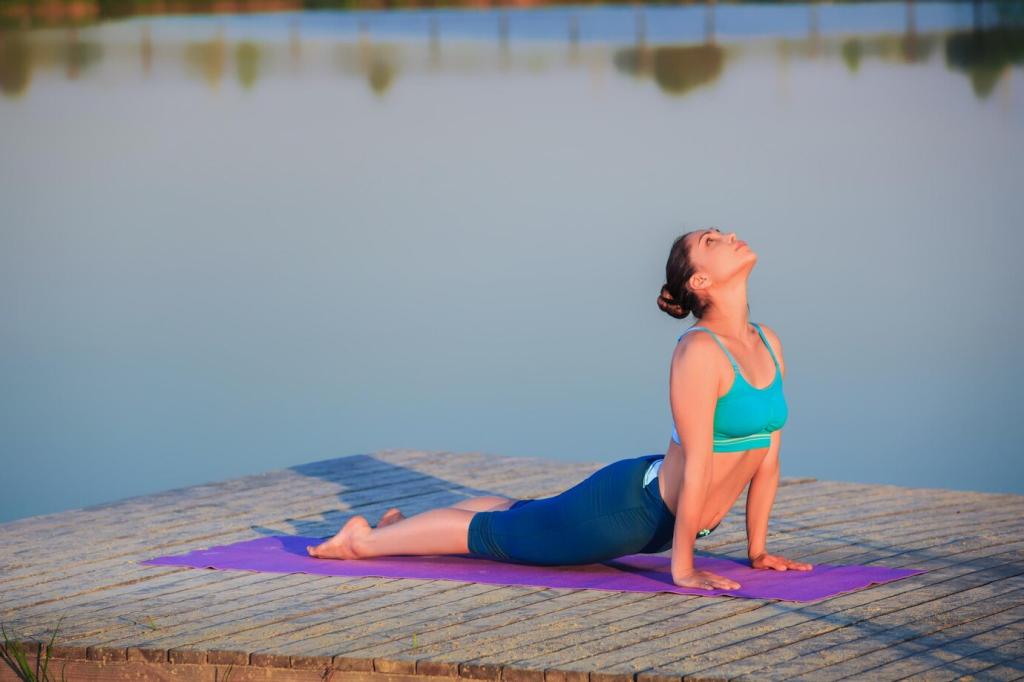

Week 1: Learn the Shapes and Breathe
Focus on foundational poses—Mountain, Forward Fold, Low Lunge, Plank—and match them to steady inhales and exhales. Keep sessions short and curious, noting how form feels. Share one pose that surprises you; we will offer a cue to make it feel even better.
Week 2: Build Stamina with Simple Flows
Link basics into gentle sequences for fifteen to twenty minutes. Aim for controllable breathing and smooth transitions rather than speed. Add a brisk walk afterward. Tell us which flow felt most energizing, and we will craft a variation to challenge you safely.
Week 3–4: Strength, Balance, and Integration
Introduce longer holds, single-leg work, and core-focused drills while keeping recovery practices in the mix. Track how you feel during daily tasks—stairs, carrying groceries, or standing. Post your progress win, big or small, and invite a friend to join for accountability.
